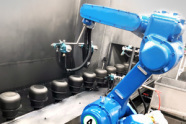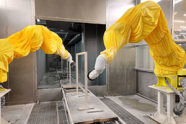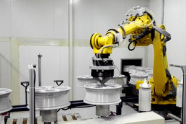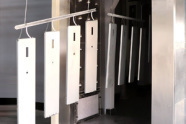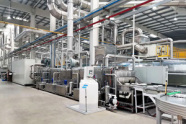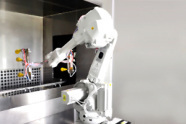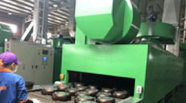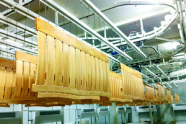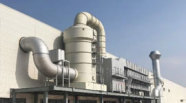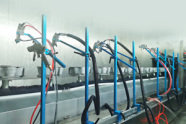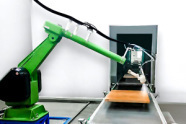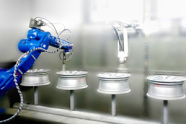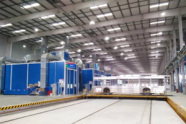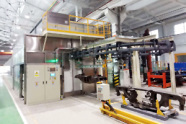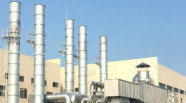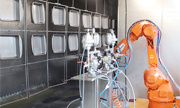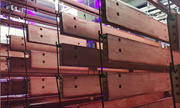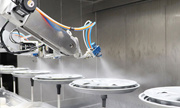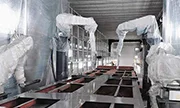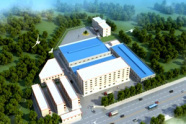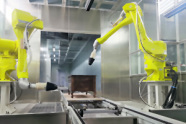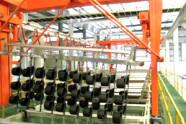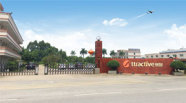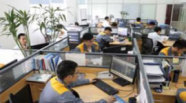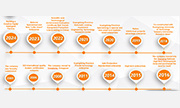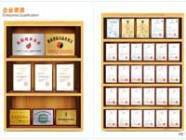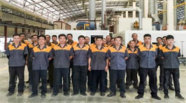All categories
Related News
19
2025
-
08
Wood Coating Lines: Custom Finishes for High-End Furniture
Author:
Chuangzhi Coating
Competition in the high-end furniture market has long extended from material comparison to the contest of process details. As the core carrier connecting the natural texture of wood with artistic expression, the technical precision of wood coating lines directly determines whether high-end furniture can achieve the customized effect of "both form and spirit". Compared with traditional manual painting, modern wood coating lines, through digital control and modular design, can not only accurately reproduce the texture conception of designers but also ensure quality consistency in mass production. As a professional manufacturer of coating line equipment, our wood coating lines focus on "precision atomization, intelligent quantity control, and flexible adaptation", providing high-end furniture enterprises with a full-dimensional customization solution from color to texture.

Intelligent Atomization System: Achieving Precise Control of Coatings
The core challenge of wood painting lies in how to make the paint adhere to the wood surface in an ideal state - neither covering the natural texture nor forming a uniform protective film. The intelligent atomization system achieves this through three-level regulation.
The first-level atomization relies on a high-pressure airless spray gun (pressure 12-18MPa) to break the paint into 10-30μm microparticles, ensuring that it can penetrate deep into the wood pores. For the open-paint process, the system can automatically reduce the pressure to 8-10MPa, keeping the atomized particles at 50-80μm, which only adhere to the wood surface; the second-level regulation adjusts the atomization angle (30°-90° adjustable) through an air-assisted device. For special-shaped parts such as curved armrests and carvings, it automatically switches to the fan-shaped spray mode to avoid paint accumulation; the third-level quantity control is monitored in real-time by a flow sensor, adjusting the output every 0.1 seconds to ensure that the coating thickness deviation is ≤±2μm, solving the problem of "uneven thickness" in manual painting.
After a high-end solid wood wardrobe brand introduced this system, the qualification rate of door panel painting increased from 78% to 99.2%, and the paint loss rate decreased by 40%.
Multi-Process Compatible Modules: Meeting Diversified Customization Needs
The customization of high-end furniture is reflected in the richness of texture, so the wood coating line needs to be compatible with multiple processes and realize rapid switching.
The antique distressing module integrates a multi-layer coloring system: the first station sprays transparent base paste (solid content 20%), and the color paste penetrates along the wood vessels through infrared leveling (40℃, 3 minutes); the second station uses a steel wire wheel to sweep lightly (rotation speed 600rpm) to wear the surface color paste to form a light-dark contrast; the third station manually assists in wiping the toner, and the robot synchronously completes the precise color filling of the corner areas. The entire process can be completed within 15 minutes, which is 5 times more efficient than traditional manual work.
The high-gloss mirror module focuses on achieving extreme flatness: a constant temperature and humidity painting room (temperature 23±1℃, humidity 60±3%) is used to avoid paint mist condensation; after topcoat spraying, it enters the leveling tunnel (wind speed 0.2m/s, duration 8 minutes) to eliminate orange peel texture; finally, after UV curing (energy 200-300mJ/cm²) and mirror polishing, the coating gloss is stabilized above 95GU, comparable to piano paint effect.
The skin-feel matte module is aimed at modern minimalist style. It combines two-component polyurethane paint with low-temperature curing (60℃, 30 minutes) to form a coating with a thickness of 30-40μm. The surface roughness Ra≤0.5μm, which feels as delicate as velvet, and the stain resistance is increased by 60%.
Wood Adaptation Technology: Balancing Protection and Texture Presentation
The differences in density and texture of different woods require the coating line to have the adaptation ability of "teaching students in accordance with their aptitude".
Coniferous wood (such as pine) has loose texture and is prone to uneven paint penetration. The system fills the pores by pre-coating a sealant (solid content 15), and reduces the spraying pressure to 6-8MPa to avoid surface darkening caused by excessive absorption of paint; broad-leaved wood (such as oak) has thick vessels, and adopts the "first filling holes then painting" process. The robot automatically identifies the position of the vessels and accurately injects special putty. After curing, regular painting is carried out to ensure that the three-dimensional sense of the texture is not affected.
For solid wood workpieces with large moisture content fluctuations, the line is equipped with an online moisture content monitor (accuracy ±0.5%). When the detected value exceeds the range of 8%-12%, it automatically triggers balance treatment (sent to the temperature and humidity control chamber), and enters the painting link after stabilization, reducing the risk of coating cracking caused by wood deformation from the source.
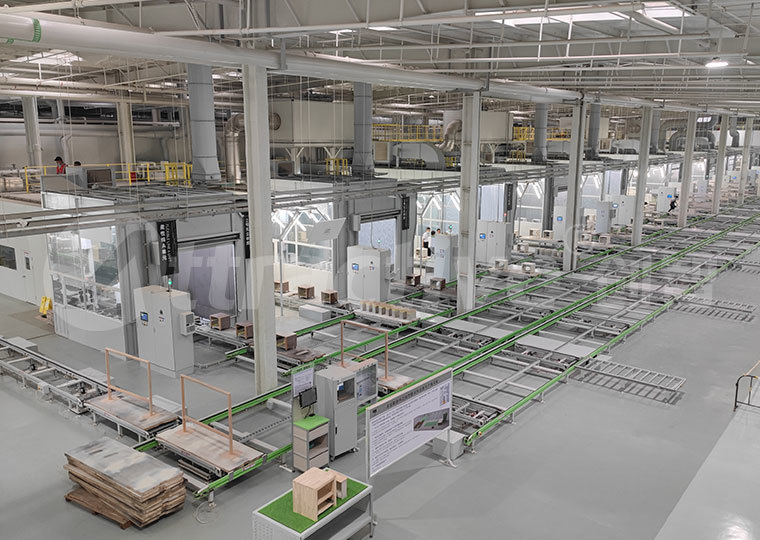
Flexible Production Configuration: Responding to Small-Batch Customization Needs
The customized nature of high-end furniture determines that the production line must break the traditional mode of "large-batch standardization".
The wood coating line adopts a modular splicing design, and each process unit (painting, drying, grinding) can operate independently, supporting single-piece flow production. The central control system stores more than 500 kinds of process parameters. When replacing products, you only need to scan the code to call, and the changeover time is ≤20 minutes. For personalized orders (such as special color numbers and texture effects), the system supports remote parameter input and simulation testing to ensure that the first debugging qualification rate is ≥90%.
Data from a custom furniture enterprise shows that after introducing this production line, the minimum order quantity can be reduced to 1 piece, the delivery cycle is shortened from 45 days to 10 days, and the customer order change response speed is increased by 80%.
Conclusion
The technical upgrading of wood coating lines is redefining the production standards of high-end furniture. It transforms the experience of craftsmen into quantifiable process parameters, uses automated equipment to achieve artistic expression, so that each custom furniture can not only retain the natural temperature of wood but also extend its service life through the protective performance given by the coating. Choosing a professional wood coating line is not only an improvement in production efficiency but also the key for enterprises to establish technical barriers in the high-end market - after all, the coating that can accurately present the soul of wood is the most valuable customization.
Previous
Next Page

